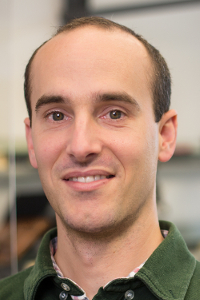
Dr. Julien Bachmann of the University of Erlangen will present:
"Atomic Layer Deposition: Interface Engineering Towards Inexpensive Energy Conversion and Storage Devices"
The ability to convert solar energy and store it in chemical form in benign conditions at low cost will imply the exclusive use of inexpensive, abundant materials instead of the most advanced catalysts and semiconductors. One strategy to achieve this goal consists in accurately controlling the interface’s chemical identity and microscopic geometry. Atomic layer deposition (ALD), a chemical thin coating technique, allows the experimentalist to adjust both aspects at will. We use it to optimize the mass activity of noble metal electrocatalysts for the water oxidation reaction and to increase the electrolytic turnover at the surfaces of abundant transition metal oxide surfaces by several orders of magnitude, and to achieve even further gains by combining several layers of distinct materials. In the photovoltaics field, ALD allows us to generate several layers of the stack: electron conductors, light absorbers, as well as ultrathin recombination barriers. However, the unavailability of traditional ALD reactions for a number of interesting photovoltaic materials spurs research into ALD from dissolved precursors to access materials families completely or mostly foreign to ALD.
